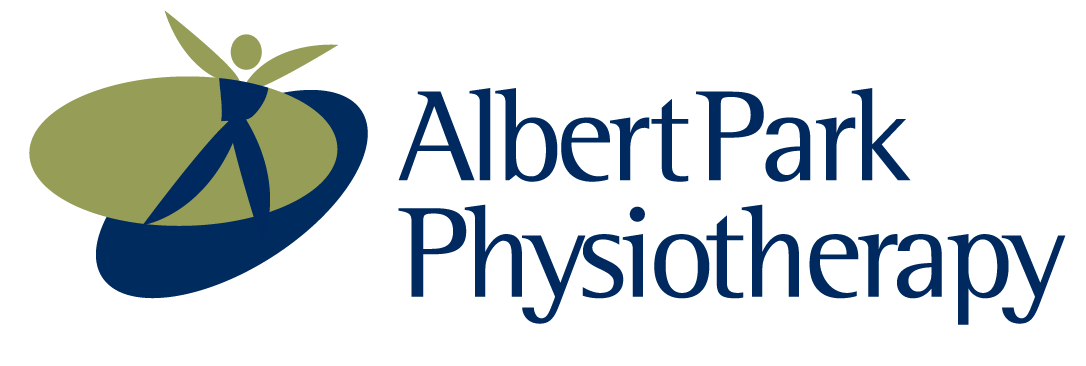This year, a research team at Curtin University in Perth are leading a world first study into the impact of touchscreen devices on children’s physical development. The study, currently in the planning phase, will take place over a five-year period and involve looking for evidence that supports the theory that the use of screen time in very young children:
· Increases risk of obesity;
· Results in poorer motor skills from prolonged sitting; and
· May lead to poor neck posture and consequent neck pain later in life.
Researchers are hoping to use the results of the study to develop guidelines that will help health practitioners to make recommendations.
So far, the research team have completed a small motion analysis study of three ten-year-olds, comparing effects of playing on a tablet, watching television, and playing with physical toys. The results of the study found that the children were more sedentary when using the tablet and watching TV than playing with toys, where they were found to have more varied muscle activity. Those who played with the tablet also had more neck flexion than the other two.
The new study will build on this research, along with a previous study by the same research group on children’s TV watching habits between ages five to seventeen. Researchers anticipate an even greater impact from touch screen devices due to their portability; their use is not limited to the household as with a TV.
Whilst the Australian Department of Health suggests that children under two years should not have any ‘screen time’, a national survey of 150 parents found that two-thirds of children aged between zero to five, are already using tablets, and more than a third use them for more than thirty minutes each day.
It’s not all bad news - technology does have some positive effects, as researchers have found games such as Pokemon Go and Kinect useful in engaging children in physical activity if used the right way.
General Message: If your child learns good habits early regarding screen time, it should set them up well for a healthy childhood and well into onto adulthood as well.
Reference: Australian Physiotherapy Association. (2016). ‘Is screen time affecting more than kids’ minds?’ InMotion October 2016. 24-25.









